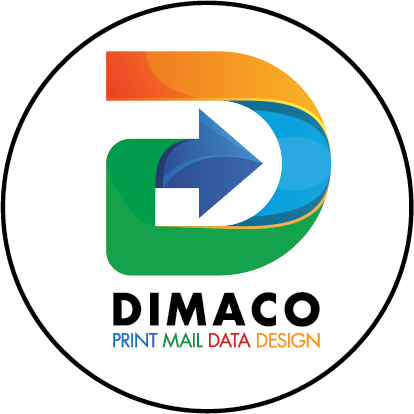Ever wonder why the image you pulled from your website doesn’t look good in print? It all comes down to correct image resolution. To ensure your printed images look clear and crisp, your image resolution should be at least 300 dots per inch (DPI) at the final output size. Low Resolution vs. High Resolution Caution: You cannot simply convert a low-resolution photo to a higher resolution by increasing the DPI in your imaging program. The printed result will be a blurry image. Resolution is also known as PPI or pixels per inch. It is a measurement of the number of squares (or pixels) of color information available in an inch of space. The more squares, the better the image quality. Below is an illustration of how the same image might appear at different pixel resolutions. Simply adjusting resolution won't help, it must be created and saved natively at the appropriate DPI.
CMYK (or process color) is the color mode used in commercial printing to create full-color graphics and images.
The process involves combining varying amounts of cyan (C), magenta (M), yellow (Y), and black (K - for “key”) ink to produce the full spectrum of color.
The other color mode you’re probably familiar with is RGB color. RGB uses three colors: red (R), green (G), and blue (B) to create a full-color effect.
For best results, when designing your artwork for print, start with CMYK color mode. This will help ensure your images and background colors look great from the start. Of course, you can create your artwork in RGB, but then it will have to be converted to CMYK after the fact.
While most colors translate pretty well from one color mode to the other, subtle color shifting is common when converting from RBG to CMYK (and vice versa), requiring some manual adjustments to get things just right.
For best printing results, keep these in mind:
Bleed Line: Artwork is extended to the solid, green line.
Cut Line: The orange line indicates the edge of the finished, printed document.
Safety Margin: Remember to not place text into the beyond the blue line because it could get cut off in the trimming process.
The actual edge of a trimmed piece can vary by as much as 1/16" from the planned edge of the page. A "bleed" area is used to compensate for this variation.
If your printed piece calls for a border along its edge, you will need to extend that border 1/8" beyond the outside cut line, in order to ensure that it prints properly. Otherwise, you might run into issues when the piece is cut to its finished size.
If your artwork contains vector-based graphics with transparency or other special effects, you’ll need to make sure to provide us with a copy of your files with flattened images and all fonts converted to outlines. Transparent, unflattened artwork and non-outlined fonts may not print properly, resulting in costly delays and reprints.
Dimaco is constantly investing in new technologies and training opportunities for team members.
Delivery times can depending on the size, scale, and scope of the project. Other things to keep in mind with mailing projects is the actual in hands date provided by the postal service. We work diligently to ensure timeliness and expedited deliveries for you. If you have a strict delivery date, make sure to let us know and we will do our best to deliver.
Ensure that the files are formatted as outlined above.
We can work with InDesign, Illustrator, and print ready Adobe PDF file formats.
Data files should be consistently formatted through all columns and rows.
Follow the link below
click here to upload files!

